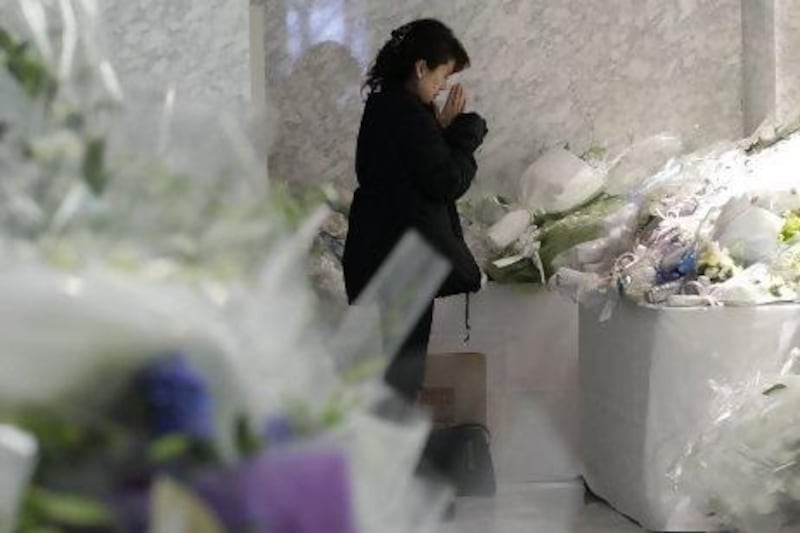RABAT // As wildly contradictory accounts trickled out about the attack on an Algerian gas plant last week, one source proved to be the most reliable - announcements by the Al Qaeda-linked militants themselves.
The hostage-takers phoned in regularly with up-to-the-minute reports, offered eerily accurate numbers of hostages taken and killed, and clearly laid out their goals.
All this came via a Mauritanian website known for its reliability on more mundane local news.
Algeria's official information, in contrast, was silent and murky. At one point, the state news service went dark online before returning with a home page scrubbed of all mention of the hostage crisis that had riveted the world.
When Algerian officials were willing to comment - only anonymously - their information drastically underplayed the scope of the hostage siege that left at least 37 captives and 29 militants dead and sent scores of foreign workers fleeing across the desert for their lives.
The reliability of the information from the kidnappers was a departure from the more bombastic and exaggerated announcements typical of Al Qaeda-affiliated insurgents in Iraq and Afghanistan.
Also, instead of publishing statements on a password-protected militant website in Arabic, the Masked Brigade that claimed responsibility for the gas plant attack sent its information to a news website in both French and Arabic, reaching a much wider audience.
"It was in the interests of the gunmen to get their story out and the Algerians didn't perceive it was in their interest to get the story out in real time," said William Lawrence, the North Africa analyst for the International Crisis Group.
The editor of the Mauritanian site, the Nouakchott Information Agency (ANI), attributed the difference in style to the Masked Brigade's founder, Mokhtar Belmokhtar.
"Mokhtar is a man who speaks frankly of what he wants, he's straightforward," said El Mokhtar Ould Sidi.
He added that his site had left out the parts of the kidnappers' statements that he deemed to be propaganda. "It's very different from Al Qaeda in the Islamic Maghreb or Al Qaeda central."
Working out what was happening during North Africa's most audacious terror attack was no easy matter, with the Ain Amenas natural-gas complex deep in the Sahara desert, more than 1,300 kilometres from the capital, Algiers.
As the four-day standoff unfolded, it was the regular dispatches from the militants through the ANI that provided the most consistent source of information.
No matter how shocking the news was, it seemed to come first and most reliably from the militants.
Soon after the attack began on January 16, the militants claimed to have seized 41 hostages. That night, the Algerian interior minister, Dahu Kabila, maintained there were only 20 hostages and that they were being held by a local group.
The militants replied by listing their diverse nationalities, including the presence of Canadians - something only confirmed by the government several days later.
The biggest revelations came on the second day of the stand-off, when frantic messages from the militants described Algerian helicopters shooting at the complex's living quarters, followed by a full-scale attack on a convoy of vehicles carrying hostages.
The Algerian foreign minister, Mourad Medelci, denied at that time there had been any such air strike.
The ANI, meanwhile, said 35 hostages and 11 fighters were killed, with only seven hostages left alive - a death toll it took Algerian authorities several days to match. In the end, their final numbers were quite close.
The accounts of two hostages who barely escaped the doomed convoy, Irish electrician Stephen McFaul and Filipino civil engineer Ruben Andrada, ended up corroborating the militants' version.
While the Algerian government claimed the kidnappers were trying to escape with their hostages, the militants were trying to take the captives from the complex's living quarters to the more defensible gas works on the other side when the helicopters attacked.
Of course, there were important parts of the hostages' accounts that were not in ANI's reports.
Algerians evacuated from the site described how the militants searched for foreign workers room by room, killing some outright and booby-trapping others with explosives.





